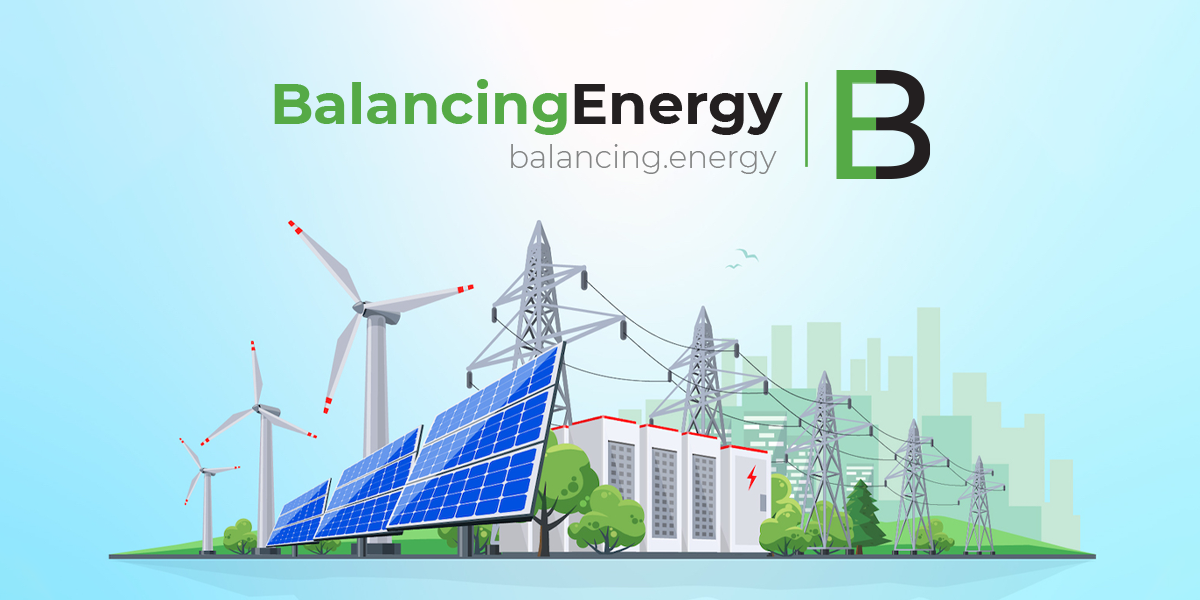Agrivoltaics entails a technological solution which enables simultaneous production of agricultural crops and energy from sunlight on the same area. Innovative application of solar panels combined with the vegetation creates the kind of microclimate that, on one hand, increases the farming productivity, while on the other, it raises the efficiency of the production of energy. Another benefit is the reduced carbon emission and consumption of water for irrigation.
Local subsidiary of Italian energy company – Fintel Energija, in cooperation with MK Group, announced a new project that will confirm their leading position in both the production of energy from renewable sources and the agricultural sector. The project is called Agrosolar Kula, the first agrivoltaics project in Serbia and the Balkans and also the largest project of its kind in Europe. The investment is worth 340 million euros and will be realized in the territory of Kula municipality.
MK Group has also opted for organic agriculture on the land where the project is to be implemented, so no pesticides, herbicides or artificial fertilizers will be used. The beginning of the Agrosolar Kula project is planned for April 2022, and the realization will take slightly over a year. In the initial phase, it will cover 700 hectares of land in Kula municipality, divided into seven zones for various organic crops, whose production will be possible for as many as 11 months in a year. On close to one third of the total area, there will be solar panels on a grid, with a distance between the rows for the planned agricultural works. The annual planned production of green electricity is around 832 GWh, which covers the needs of around 200,000 households.










